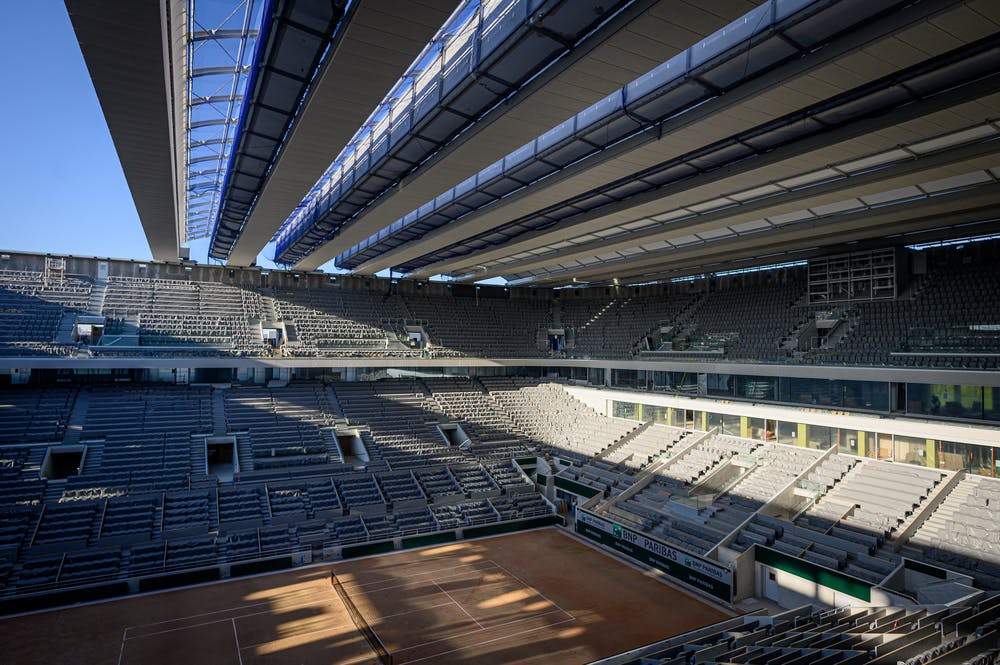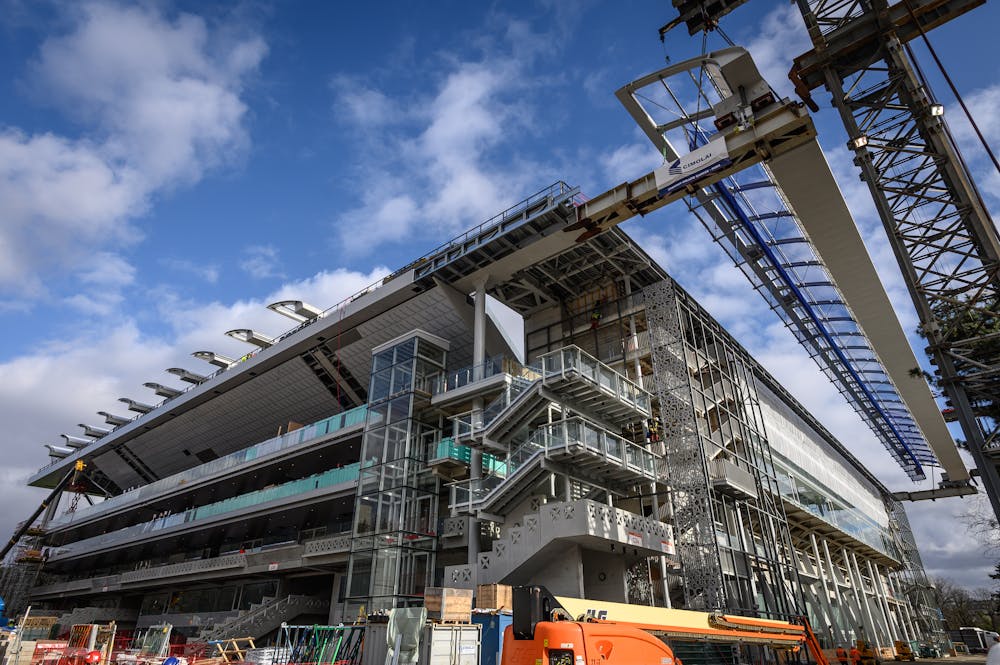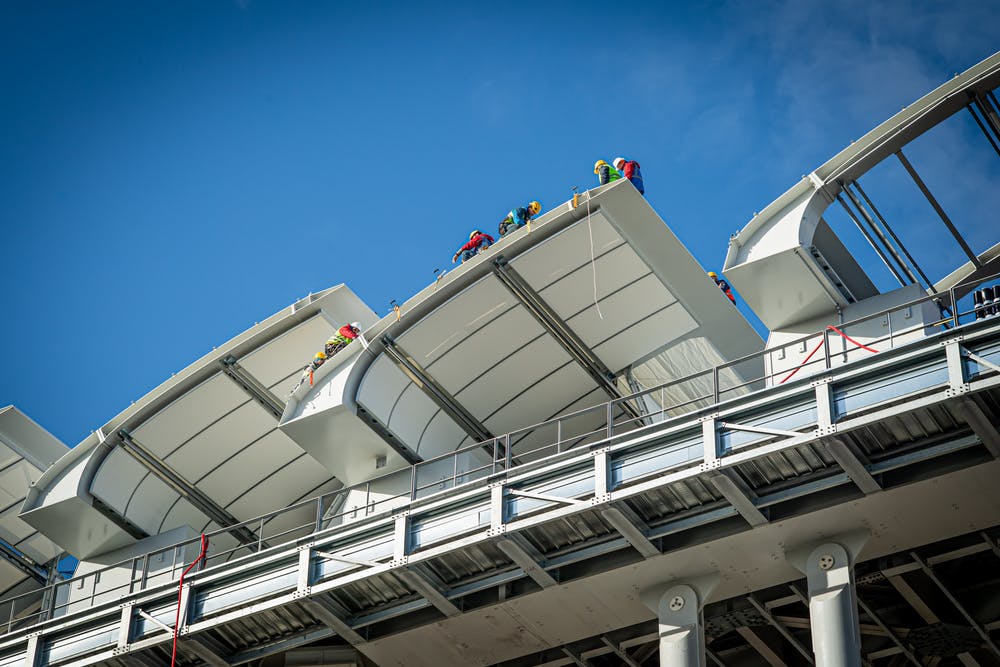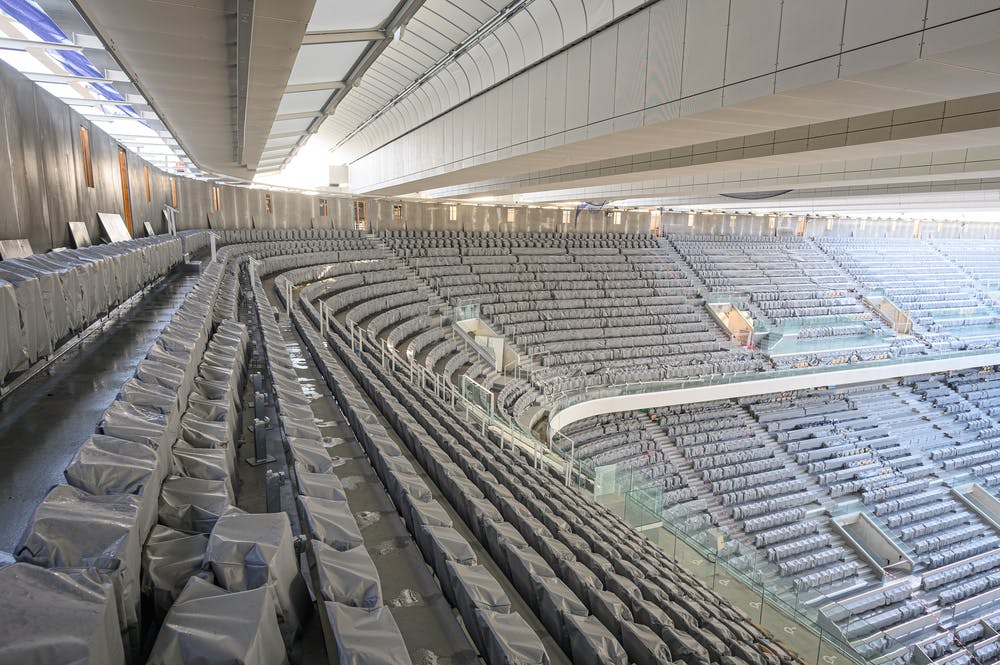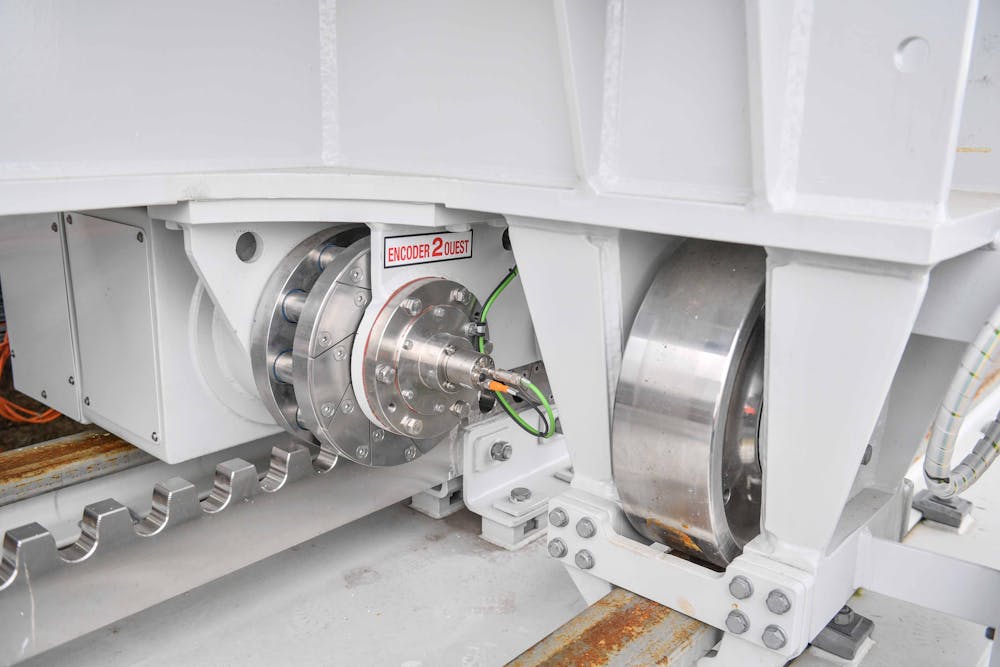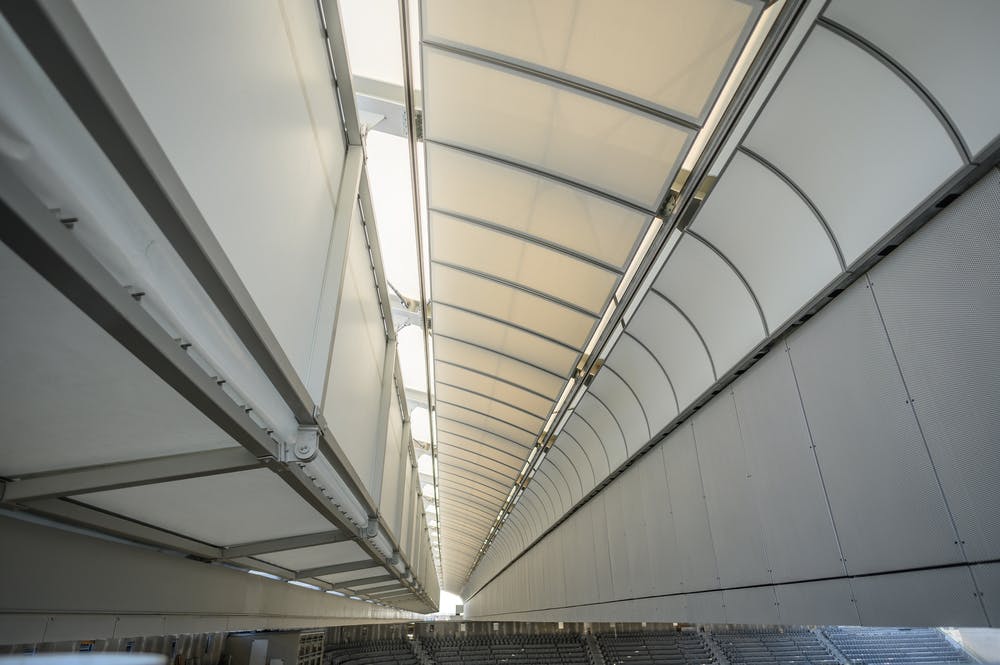The final part of the roof has been fitted: a tangible yet highly symbolic event.
Eight months after the final match point was played at the 2019 Roland-Garros tournament, the eleventh and final truss of the retractable roof has been installed on Philippe-Chatrier court. The huge project to transform the legendary court was thus completed on 5th February 2020, a month ahead of schedule.
 ROLAND-GARROS
18 May - 7 June 2026
ROLAND-GARROS
18 May - 7 June 2026


